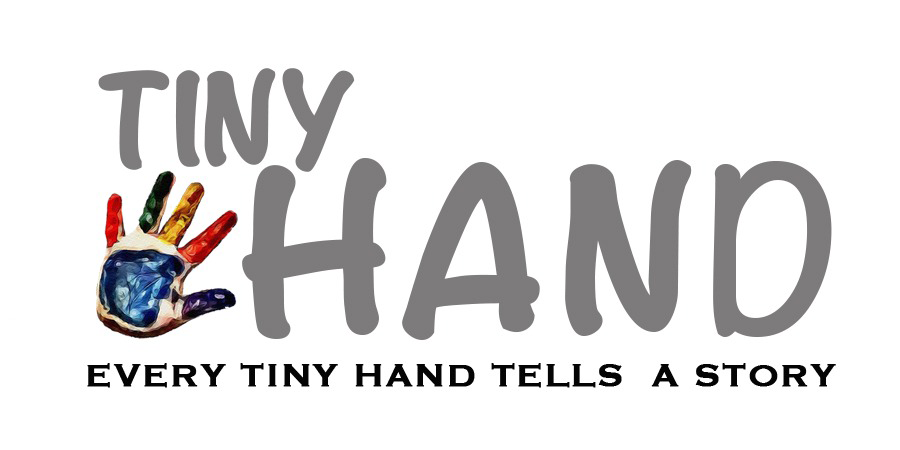Three crises, millions of children at risk
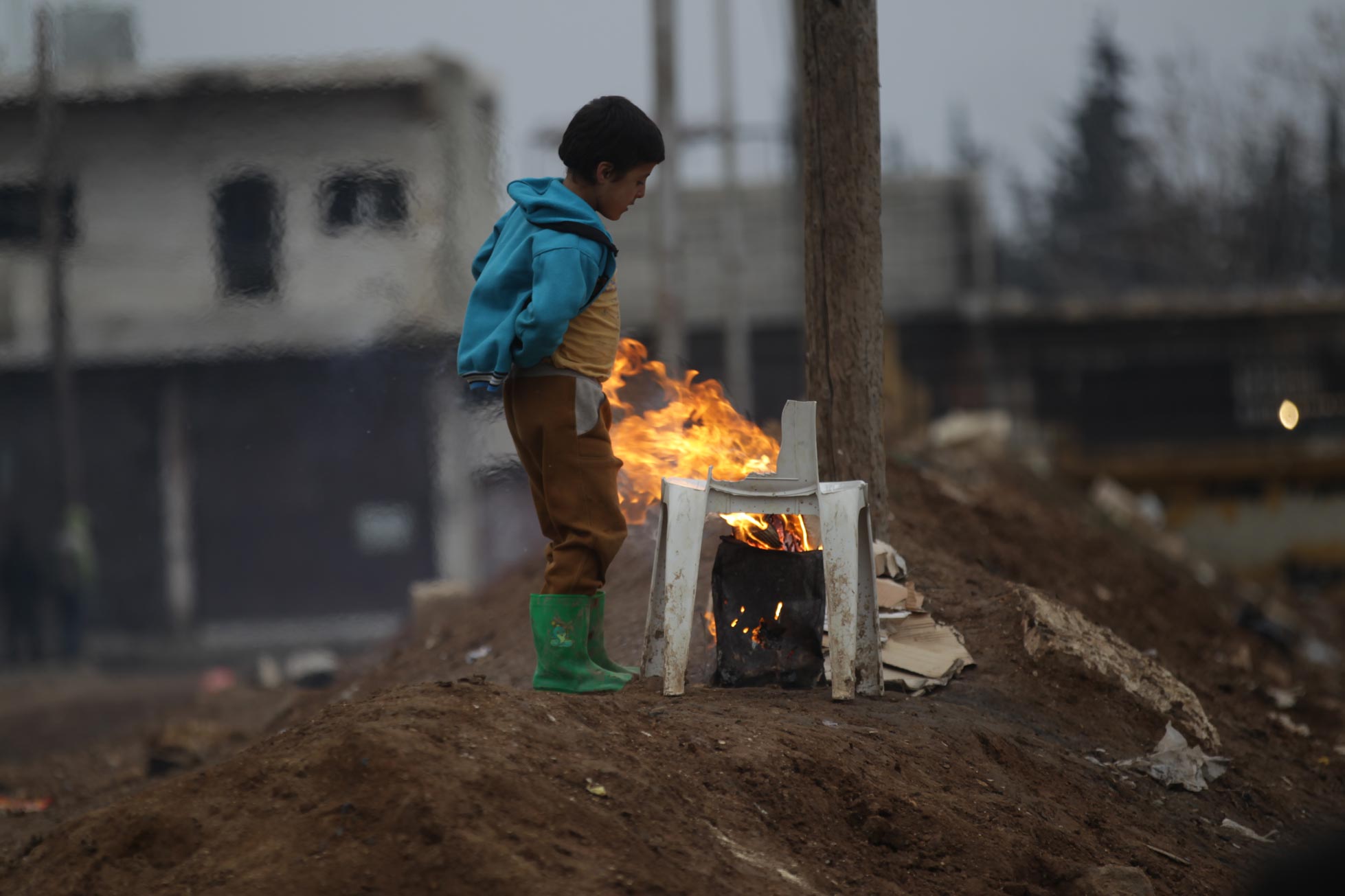
At the start of another year and the dawn of a new decade, three man-made humanitarian crises continue to put vulnerable children at terrible risk, exposing them to the horrors of violence and robbing them of a normal childhood.
Indeed, the violence and instability in Syria, Venezuela and the Democratic Republic of Congo will continue to put millions of children in harm’s way in 2020. And the world has a solemn responsibility not to turn away from the plight of a generation in peril.
Syria
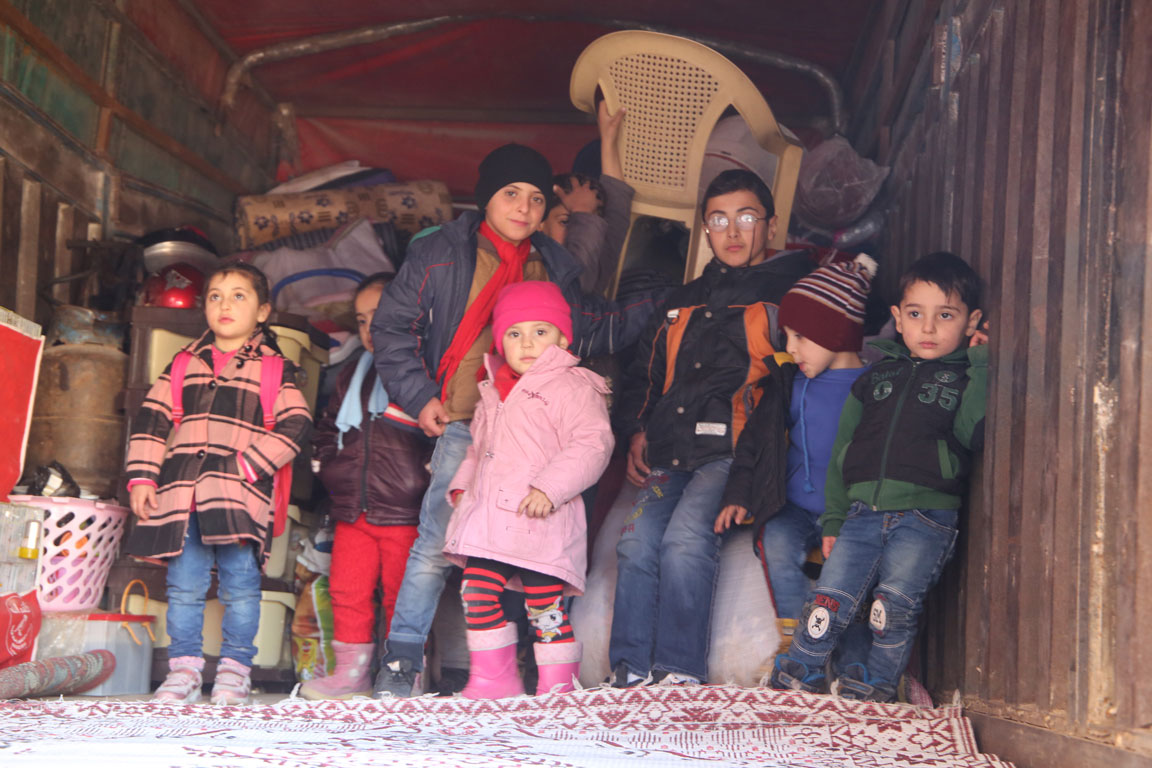
Although the intensity of the conflict in Syria declined in 2019, the humanitarian situation there remains very serious.
For families trapped in war-torn Idlib in northwestern Syria, the situation is grim. According to the website of World Vision, a Christian non-governmental organization that engages in humanitarian and development assistance work, “around half the population of three million people in Idlib governorate has been displaced at least once by relentless and often indiscriminate conflict.”
Cold temperatures and heavy rains in December made life miserable for internally displaced persons living in makeshift shelters and in open fields. According to World Vision, approximately 1,200 families saw their tents damaged or destroyed in winter storms and 20 IDP camps were flooded last month.
“Children continue to pay the highest price in Syria’s conflict — not only because of the violence but also from the destruction of the services they rely on, like schools and hospitals,” Michael Messenger, president and CEO of World Vision Canada, said.
“In terms of education, one in three schools in Syria have been damaged or destroyed, and almost two million children are out of school,” Messenger stated in an email. “The attacks on education in Syria will have long-term consequences for the nation.”
Chronic malnutrition in Syrian children is another major concern. “Children and pregnant women may be getting enough food to keep them alive, but they are not getting enough fresh fruit and vegetables, due to conflict dynamics and poverty,” Messenger explained. Chronic malnutrition is “alarmingly high” in Syria, which has negative impacts on the physical and cognitive development of the affected children.
In terms of health care, the situation is alarming. “In Syria, almost half of hospitals and primary health-care facilities are either partially functional or not functional as a result of damage inflicted by the war,” Messenger said.
Venezuela
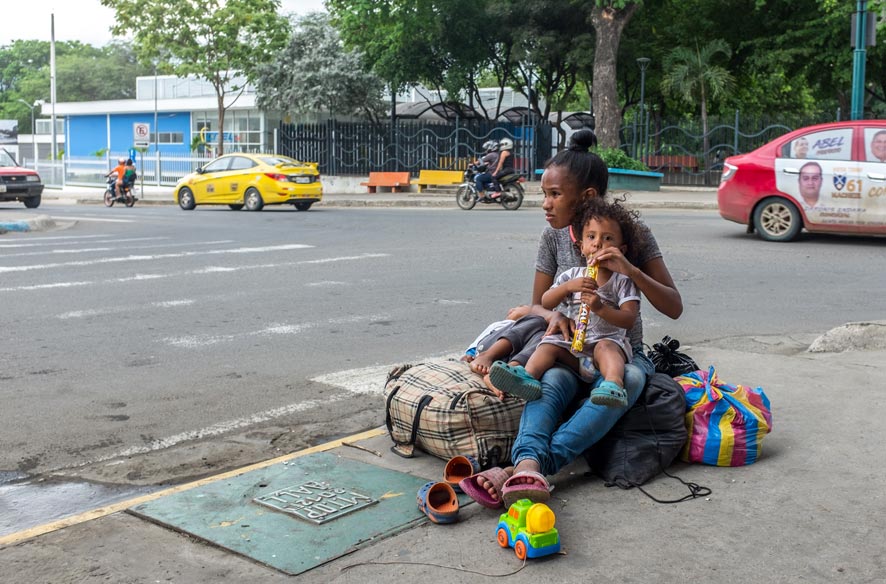
According to the website of the United Nations High Commission for Refugees, “over four million Venezuelans are now seeking protection in neighbouring countries as families continue to flee their homes due to violence, insecurity and threats, and lack of food, medicine and essential services.” T
The UNHCR describes the crisis as “the largest exodus in the recent history of Latin America.” And UN agency projects that “6.5 million Venezuelans could be outside the country by the end of 2020.”
Describing the refugee/migrant crisis as “second only to Syria,” the World Vision website warns that the humanitarian response is badly underfunded. Similarly, the UNHCR reports that the 2019 regional response campaign was only 50 per cent funded.
How dire was the situation for children who attempted to flee Venezuela in 2019?
“Children are among the most vulnerable in this crisis,” Messenger replied, noting that “3.2 million children are at great risk in Venezuela.”
As large numbers of Venezuelans flee their homeland, children are “more likely to be exposed to exploitation,” Messenger said. “On top of that, food stocks continue to dwindle, so children are also at risk of hunger and death.”
The World Vision Canada boss explained that “children in transit are putting their education on hold indefinitely.” Many of the refugee children are forced to work because their families cannot afford to send their children to school in host countries.
In addition, Messenger said that “women and girls will continue to be disproportionately affected in this crisis, especially because they’re commonly the target of gender-based violence and human trafficking.”
World Vision says it “has supported over 175,000 displaced children affected by the crisis in a multi-country operation in Colombia, Ecuador, Peru, Brazil, Chile and Bolivia.” The NGO has been co-ordinating with civil society groups, governments, churches and other humanitarian organizations to reach the most vulnerable.
Democratic Republic of Congo
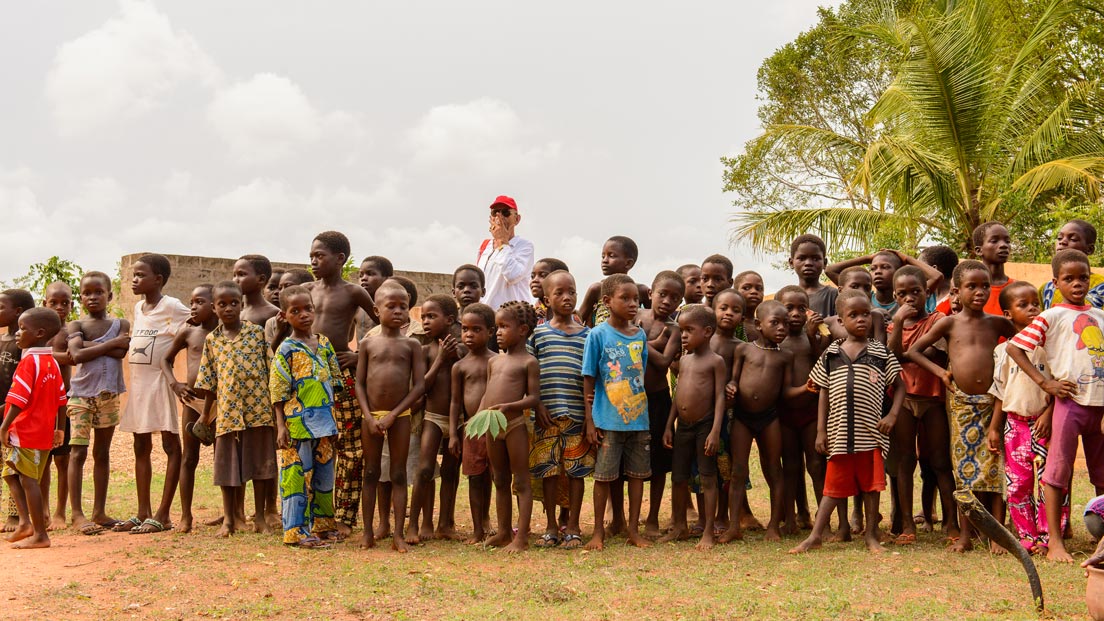
According to World Vision, the people of the Democratic Republic of Congo are still suffering from the devastating impacts of years of conflict. The NGO reports that there are more than one million IDPs in the country. Moreover, sexual violence against women and girls is common.
World Vision estimates that a staggering 45,000 people in the eastern part of Congo perish every month from infectious diseases and malnutrition.
In late 2019, Messenger visited Congo. And he found that “children in the DRC are experiencing some of the worst forms of violence and exploitation.” For example, kids endure child labour, recruitment as child soldiers and sexual abuse.
Are there any common threads in Syria, Venezuela, and the DRC?
“The common thread is their fragility,” Messenger answered. “These are places with weak and broken institutions that can’t provide the basic services and security that people deserve.”
Messenger explained that children living in fragile countries “are less likely to be in school and have a greater chance of being exploited.” And he pointed out that families in fragile contexts “can’t easily bounce back from conflict, economic crises or even natural disasters.”
Related Posts
We don’t expect any legal issues since the family is Syrian”: A Turkish network in Istanbul forces families to place infants in incubators to make money
Led by Turkish doctor Fırat Sarı, a network of doctors, nurses, and ambulance drivers, has been accused of systematically admitting newborns into incubators for extended periods, even when their health did not require it. The scheme, allegedly driven by financial motives, exploited vulnerable families, unnecessarily prolonging the infants’ time in intensive care.
…
October 21, 2024“Yemeni Women Feed Their Children with Tea” “Amid Lack of Milk
The over seven-year-long conflict in Yemen has caused the worst humanitarian crisis in the world, said the United Nations, with a significant economic deterioration affecting most of Yemen’s population, widespread hunger, poverty and unemployment, and the spread of acute and severe malnutrition among under-five children….
August 31, 2022